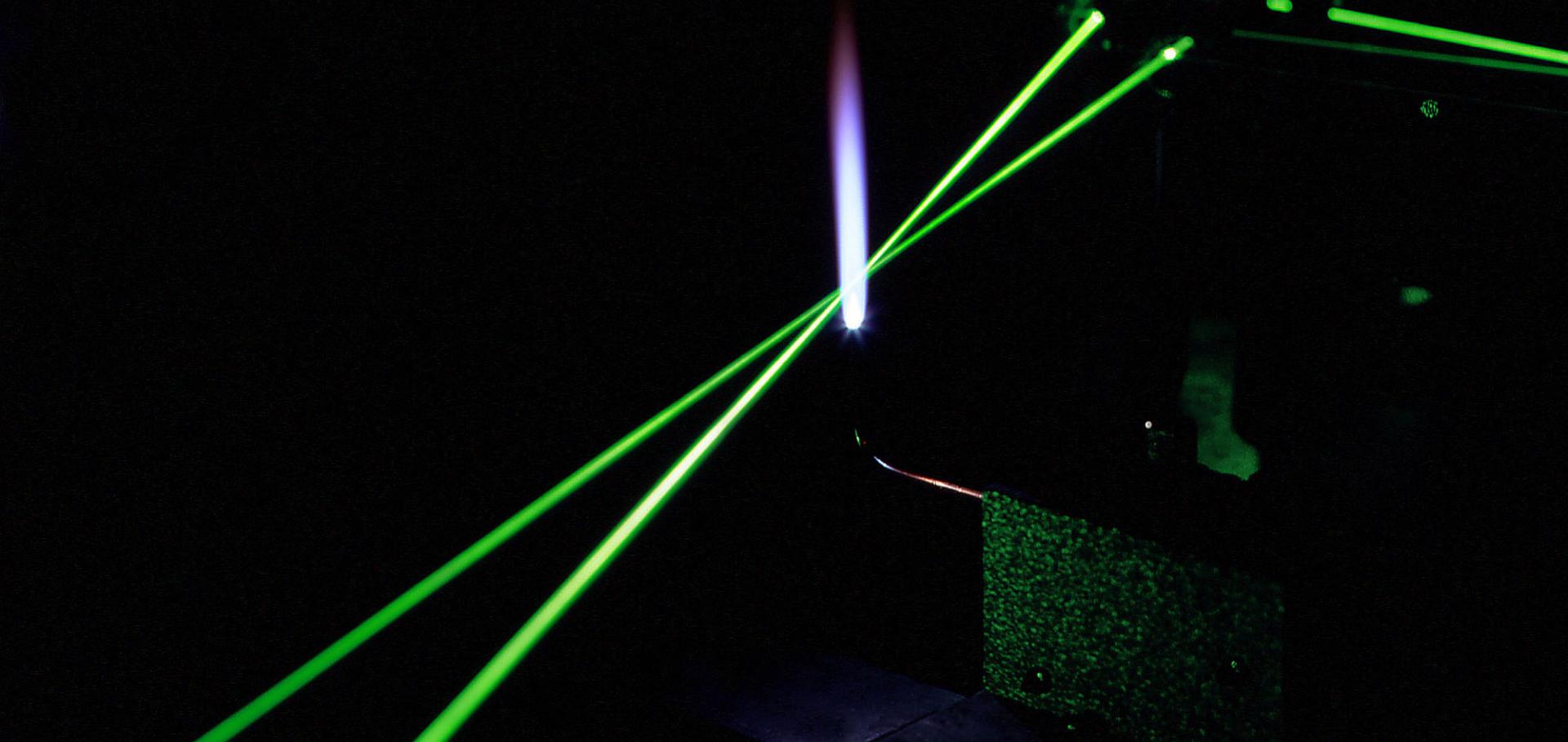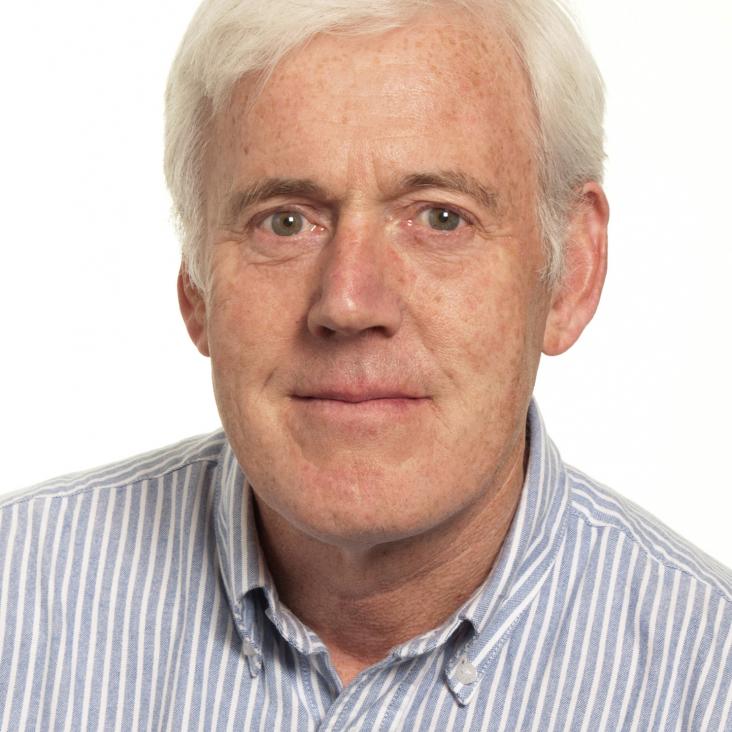Pressure measurement in gas flows using laser-induced grating lifetime
Applied Optics Optical Society of America 60:15 (2021) C131-C141
Abstract:
Optical diagnostics of gas-phase pressure are relatively unusual. In this work we demonstrate a novel, rapid and robust method to use laser-induced grating scattering (LIGS) to derive this property in real time. Previous pressure measurements with LIGS have employed a signal fitting methodology but this is relatively time consuming and requires specialist understanding. In this paper, we directly measure a decay lifetime from a LIGS signal and then employ a calibration surface constructed using a physics-based model to convert this value to pressure. This methodology was applied to an optically-accessible single cylinder internal combustion engine, yielding an accuracy of better than 10 % at all tested conditions above atmospheric pressure. This new approach complements the existing strength of LIGS in precisely and accurately deriving temperature with a simple analysis method, by adding pressure information with a similarly simple method.A history of high-power laser research and development in the United Kingdom
High Power Laser Science and Engineering Cambridge University Press 9 (2021) e18
Abstract:
The first demonstration of laser action in ruby was made in 1960 by T. H. Maiman of Hughes Research Laboratories, USA. Many laboratories worldwide began the search for lasers using different materials, operating at different wavelengths. In the UK, academia, industry and the central laboratories took up the challenge from the earliest days to develop these systems for a broad range of applications. This historical review looks at the contribution the UK has made to the advancement of the technology, the development of systems and components and their exploitation over the last 60 years.A stance against forced retirement
Physics World IOP Publishing 33:3 (2020) 19
Abstract:
Paul Ewart says it is unfair to force active physicists to retire to "free up" positions for younger scientists or to improve diversity – when there is little evidence that it does soGiant photoinduced chirality in thin film Ge2Sb2Te5
physica status solidi (RRL) - Rapid Research Letters Wiley 13:12 (2019) 1900449
Abstract:
Induction, tuning, or amplification of chirality in various classes of materials and probing their chiral response are subjects of growing research. Herein, a large chiral signal that is rapidly imprinted in achiral amorphous Ge2Sb2Te5 (GST) thin films measured using synchrotron circular dichroism spectroscopy is reported. The chirality is induced by illuminating the films with pulsed circularly polarized (chiral) laser light for less than 2 μs in total. The effects of laser fluence and film thickness on the chiral response are described. The correlation of the optical results with structural studies by electron diffraction and model simulations suggests that alignment of reamorphized fragments in the crystallized film along the electric field vector of the light forms the centers that are responsible for the observed chirality. These results suggest opportunities for practical applications of this phenomenon and provide avenues for further studies of chirality induction in materials with impact in a wide range of disciplines.Multi-Mode Absorption Spectroscopy (MUMAS) for multi-species trace gas sensing
Encyclopedia of Analytical Chemistry: Applications, Theory and Instrumentation Wiley (2019)


